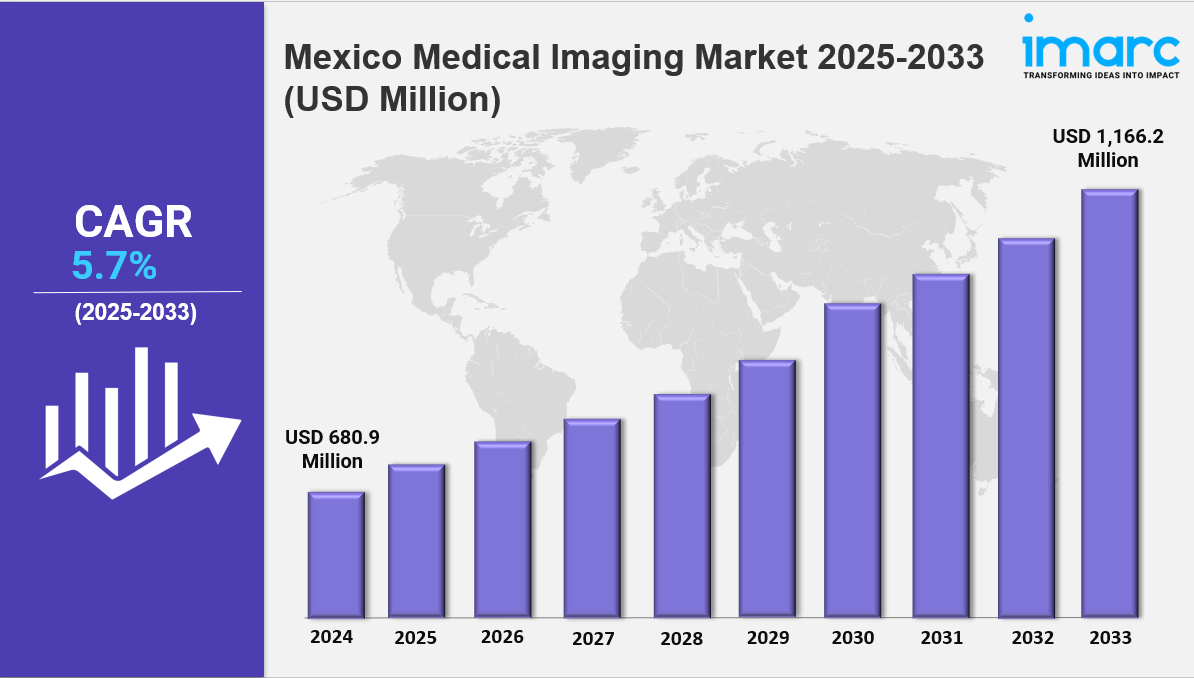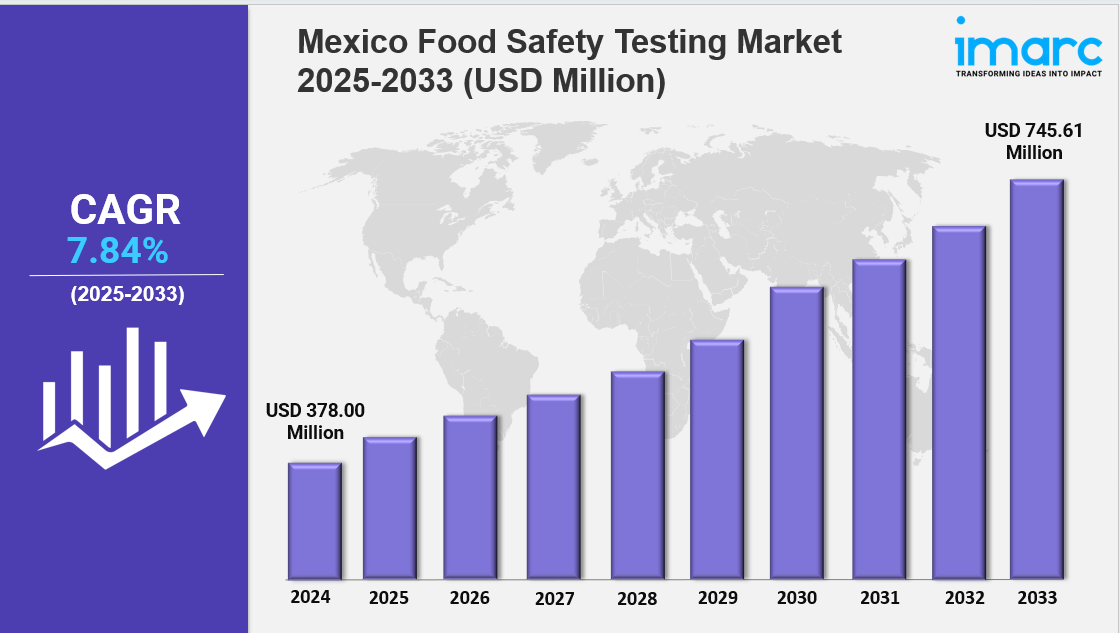IMARC Group has recently released a new research study titled “Canada Craft Beer Market Report by Product Type (Ales, Lagers, and Others), Age Group (21-35 Years Old, 40-54 Years Old, 55 Years Above), Distribution Channel (On-Trade, Off-Trade), and Region 2025-2033,” which offers a detailed analysis of the market drivers, segmentation, growth opportunities, trends, and competitive landscape to understand the current and future market scenarios.
Canada Craft Beer Market Overview
The Canada craft beer market size reached 1.8 Million Hectolitres in 2024. Looking forward, IMARC Group expects the market to reach 2.3 Million Hectolitres by 2033, exhibiting a growth rate (CAGR) of 2.69% during 2025-2033.
Market Size and Growth
Base Year: 2024
Forecast Years: 2025-2033
Historical Years: 2019-2024
Market Size in 2024: 1.8 Million Hectolitres
Market Forecast in 2033: 2.3 Million Hectolitres
Market Growth Rate 2025-2033: 2.69%
Request for a sample copy of the report: https://www.imarcgroup.com/canada-craft-beer-market/requestsample
Key Market Highlights:
✔️ Steady growth fueled by rising consumer interest in local and artisanal beverages
✔️ Expanding variety of unique flavors and innovative brewing techniques
✔️ Supportive government policies and growing craft brewery establishments across provinces
Canada Craft Beer Market Trends
The Canada Craft Beer Market is in the middle of a remarkable transformation, shaped by local community engagement, national collaborations, and a wave of innovation. Across major cities like Toronto, Vancouver, and Montréal, “brewery districts” have emerged where nano-breweries collaborate instead of competing. These partnerships often include shared taprooms, joint events, and neighborhood-inspired beer styles.
One standout development in the Canada Craft Beer Market Trends is the rise of terroir-driven saisons, brewed with locally foraged ingredients. This gives each beer a unique regional identity, creating deeper connections between breweries and their communities.
Consumers Seeking Authenticity and Transparency
According to the latest Canada Craft Beer Market Report, consumers are increasingly conscious of where their beer comes from. Nearly 68% of buyers now prefer breweries that openly disclose ingredient sources, such as Saskatchewan heritage barley or spring water from mineral-rich regions.
Apps like BrewLocal are fueling this movement by allowing drinkers to track exclusive local releases in real time. Even provincial liquor boards are backing this trend, dedicating more shelf space to hyper-local brewers and strengthening the grassroots side of the Canada Craft Beer Market Outlook.
National Collaborations and Local Loyalty
Local pride is thriving, but so are interprovincial collaborations. Limited-edition “province-hopper” beer series, where brewers from British Columbia to Newfoundland join forces, saw sales rise by 42% in 2024. This balance of community focus and national creativity is reshaping brand loyalty. Many Canadians now split their craft beer budgets between neighborhood favorites and cross-country collaborations, fueling steady Canada Craft Beer Market Growth.
Despite strong growth, barriers remain. Outdated interprovincial shipping laws still limit consumer access to cross-country beer options. At the same time, climate change is pressuring ingredient supplies. Droughts in the Fraser Valley and Prairie provinces have reduced barley and hop yields, prompting experimentation with alternatives like Talus—a drought-tolerant hop now used in over half of new IPA releases. Sustainability practices are also on the rise. Victoria’s Whistle Buoy Brewing recycles more than 90% of its process water with bioreactor technology, while breweries in Ontario and Québec are turning to buckwheat and maple sap as alternative fermentables.
Sustainability and Smart Marketing
Breweries are turning agricultural challenges into powerful stories. Halifax’s Unfiltered Brewing, for example, markets “climate-adaptive six-packs” with carbon footprint labels. Rising input costs—grain prices jumped 28% in early 2024—have pushed small breweries to form cooperatives and crop-swap insurance programs to stabilize operations.
Federal subsidies are supporting these sustainability efforts, funding regenerative farming projects that now connect breweries with farmers managing over 5,000 acres. This movement underscores the role of sustainability in long-term Canada Craft Beer Market Trends.
Technology is helping breweries stand out in an increasingly competitive market. AI-powered taproom tools can suggest personalized beer flights by analyzing facial expressions, while QR codes on cans allow breweries to gather instant feedback from more than 650,000 drinkers each month.
The rise of direct-to-consumer channels has also reshaped the Canada Craft Beer Market Outlook. Subscription services like Alberta’s BrewBox and delivery apps such as TapShipper and BrewRun have surged in popularity, allowing small breweries to retain up to 79% of margins compared to just 35% through liquor board distribution.
Still, “choice fatigue” is emerging—44% of drinkers say rotating releases overwhelm them. To reconnect, breweries are blending digital engagement with human connection, from TikTok polls at Halifax’s Good Robot Brewing to livestream Q&A sessions withbrewers.Regional Trends and Consumer Preferences
Atlantic Canada is seeing steady growth (14% annual increase), leaning toward approachable, easy-drinking options.Health-conscious brewing is also reshaping demand. Low-ABV and non-alcoholic craft beers are projected to occupy 22% of shelf space by 2026, reflecting Gen Z’s preference for moderation and wellness.
Meanwhile, Millennials—who account for more than half of craft beer purchases—favor immersive brewery experiences like beer-and-movie nights or yoga classes. Gen Z, by contrast, prioritizes eco-conscious practices and digital engagement, pushing breweries to tell their stories across multiple platforms.
The Canada Craft Beer Market Outlook points toward a future shaped by authenticity, sustainability, and innovation. From neighborhood saisons brewed with foraged ingredients to AI-personalized IPAs, the industry is redefining how Canadians connect with beer.
As detailed in the Canada Craft Beer Market Report, breweries that embrace climate resilience, digital engagement, and consumer-driven storytelling will thrive. The coming years will not only be about beer—it will be about culture, community, and connection, marking a new era in Canada Craft Beer Market Trends.
Canada Craft Beer Market Segmentation:
The market report segments the market based on product type, distribution channel, and region:
Breakup by Product Type:
Ales
Lagers
Others
Breakup by Age Group:
21-35 Years Old
40-54 Years Old
55 Years and Above
Breakup by Distribution Channel:
On-Trade
Off-Trade
Breakup by Region:
Ontario
Quebec
Alberta
British Columbia
Others
Competitive Landscape:
The market research report offers an in-depth analysis of the competitive landscape, covering market structure, key player positioning, top winning strategies, a competitive dashboard, and a company evaluation quadrant. Additionally, detailed profiles of all major companies are included.
Key Highlights of the Report
1. Market Performance (2019-2024)
2. Market Outlook (2025-2033)
3. COVID-19 Impact on the Market
4. Porter’s Five Forces Analysis
5. Strategic Recommendations
6. Historical, Current and Future Market Trends
7. Market Drivers and Success Factors
8. SWOT Analysis
9. Structure of the Market
10. Value Chain Analysis
11. Comprehensive Mapping of the Competitive Landscape
About Us:
IMARC Group is a leading market research company that offers management strategy and market research worldwide. We partner with clients in all sectors and regions to identify their highest-value opportunities, address their most critical challenges, and transform their businesses.
IMARC’s information products include major market, scientific, economic and technological developments for business leaders in pharmaceutical, industrial, and high technology organizations. Market forecasts and industry analysis for biotechnology, advanced materials, pharmaceuticals, food and beverage, travel and tourism, nanotechnology and novel processing methods are at the top of the company’s expertise.
Contact Us:
IMARC Group
134 N 4th St. Brooklyn, NY 11249, USA
Email: sales@imarcgroup.com
Tel No:(D) +91-120-433-0800
United States: +1 201971-6302






